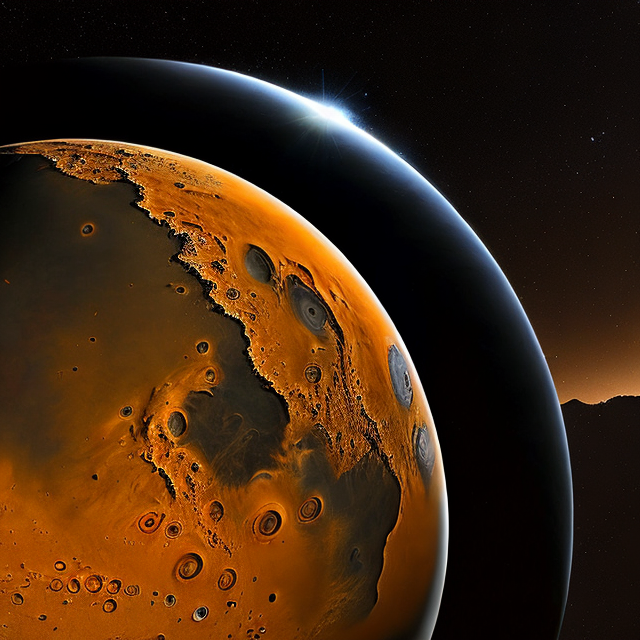|
|
Space Astro
|
Info for exoplanet "Kaichyin"
| Scientific (actual) data |
|---|
| Name | K2-322 b |
| Planet status | Confirmed |
| Radius | 0.171 |
| Orbital period | 8.205 |
| Semi major axis | 0.0594 |
| Inclination | 88.15 |
| Discovered | 2020 |
| Updated | 2021-02-05 |
| Tconj | 2457910 |
| Impact parameter | 0.68 |
| Temperature (kelvin) | 635 |
| Publication | Published in a refereed paper |
| Detection type | Primary Transit |
| Alternate names | 2MASS J10262945+0445505 b, EPIC 248558190 b, TIC 277869696 b, WISE J102629.45+044550.4 b |
| Star name | K2-322 |
| Right ascension | 156.62° |
| Declination | 4.76° |
| Mag j | 11.194 |
| Mag h | 10.569 |
| Star distance | 123.86 |
| Star mass | 0.63 |
| Star radius | 0.6 |
| Star temperature | 4141 |
| Star alternate names | 2MASS J10262945+0445505, EPIC 248558190, TIC 277869696, WISE J102629.45+044550.4 |
| Wikipedia article | K2-322 b |
Back
| |
| Fictional info (?) |
|---|
| Suggested name | Kaichyin |
| Planet type | Warm planet |
| The smooth Borealis basin in the northern hemisphere covers 19 percent of the planet and may be a giant impact feature. |
| Atmosphere | Carbon dioxide | 47% |
| Hydrogen deuteride (HD) | 21% |
| Hydrogen | 13% |
| Neon | 11% |
| Hydrogen chloride | 5.4% |
| Xenon | 1.9% |
| Sulfur dioxide | 0.38% |
| Methane | 0.0064% |
| Atmospheric pressure | 13 bar |
 |
| No known satellites |
| Google search for Kaichyin |
|
Website by Joachim Michaelis
|
|
|
|